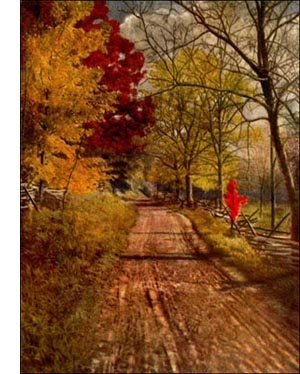Western Catalpa Tree
 The Western Catalpa (C. speciosa, Engelm.) is hardier than the Southern species, and it grows in more upright form, promising more and better timber in a given time. It has stout, thick-walled fruits, thicker, more pointed leaves, and fewer flowers, less gaily spotted, in a cluster.
The Western Catalpa (C. speciosa, Engelm.) is hardier than the Southern species, and it grows in more upright form, promising more and better timber in a given time. It has stout, thick-walled fruits, thicker, more pointed leaves, and fewer flowers, less gaily spotted, in a cluster.This tree ranges in bottom lands from lower Indiana and Illinois to Missouri, Arkansas and Texas. It occurs in western Kentucky and Tennessee. This is the best species for the West, where plantations are becoming more and more common and profitable. Railroad companies are interested in these enterprises. The Bureau of Forestry is investigating the possibilities and the limitations of catalpa groves as a source of lumber in the prairie states.
The disappearance of American forests has brought into prominence trees of quick growth and durable wood. The railroad men are asking where the ties of the future are to come from. Before the famine comes is the time to lay up stores.
Catalpa trees are large enough for ties in a dozen years of growth. They often lay on an inch of wood annually. They come quickly from seed, so that nursery stock is very cheap. A plantation of 50,000 trees was set out by a Western railroad at a cost of one cent per tree. In six years catalpa trunks are big enough for fence posts.
As to durability, tests give very satisfactory results. A forest was inundated in Missouri by the earthquake of 1811. Sixty-seven years after, the catalpas stood perfectly sound, while all other trees had utterly disappeared. Catalpa ties, selected at random, are sound after a dozen years of use. Fence posts known to have been set fifty years look as if they were good for the rest of the century.